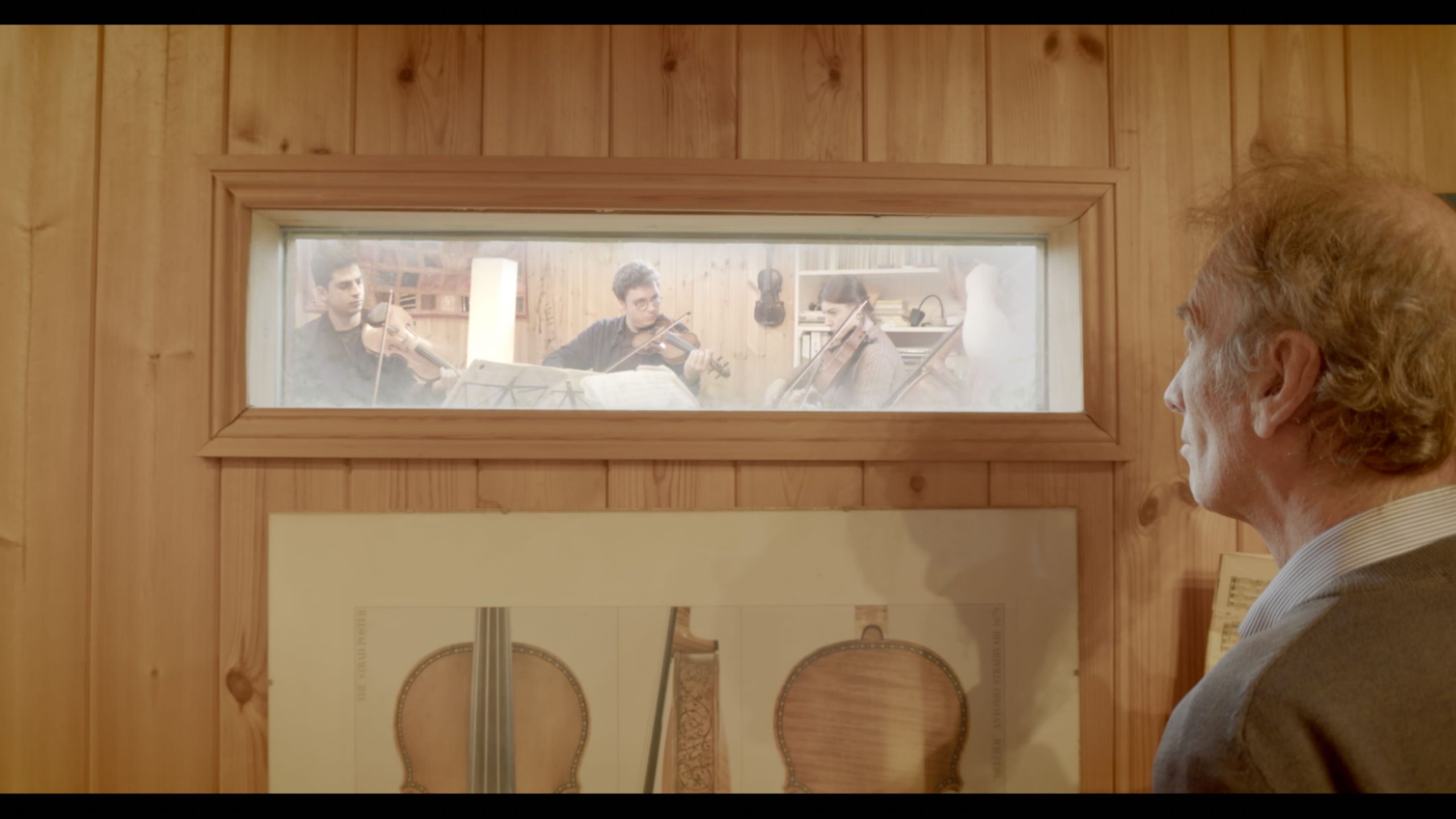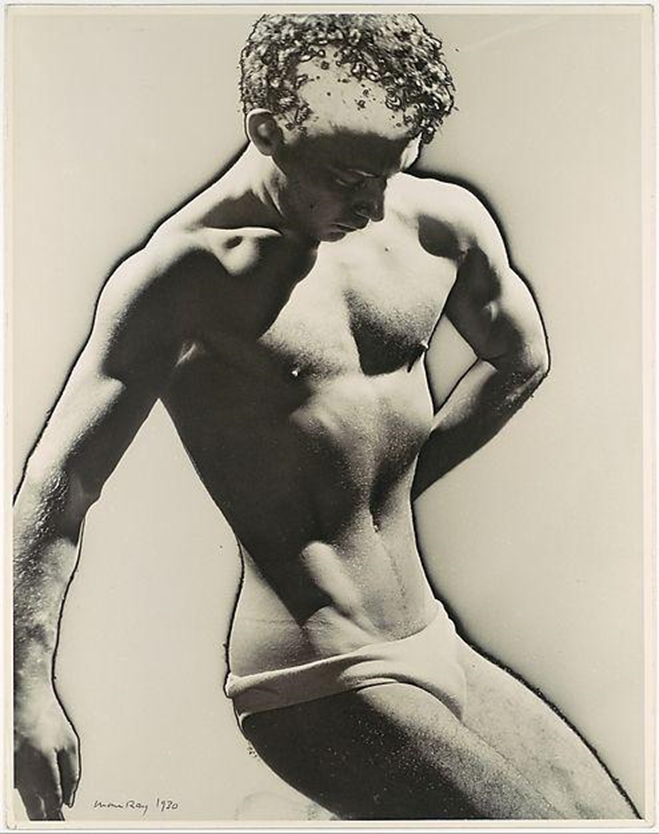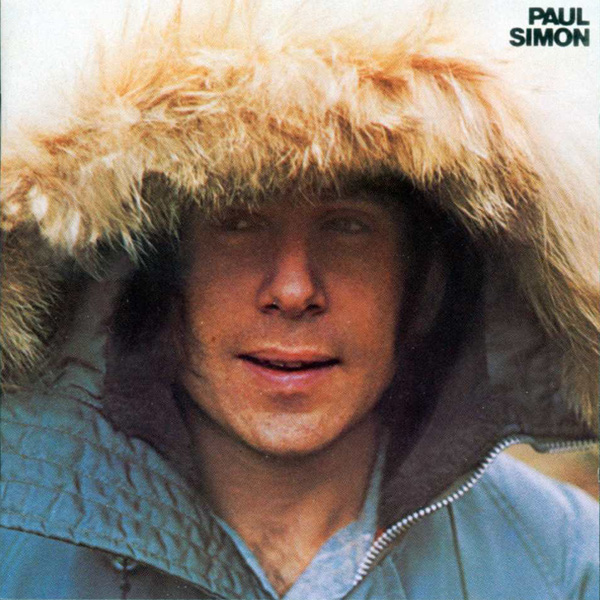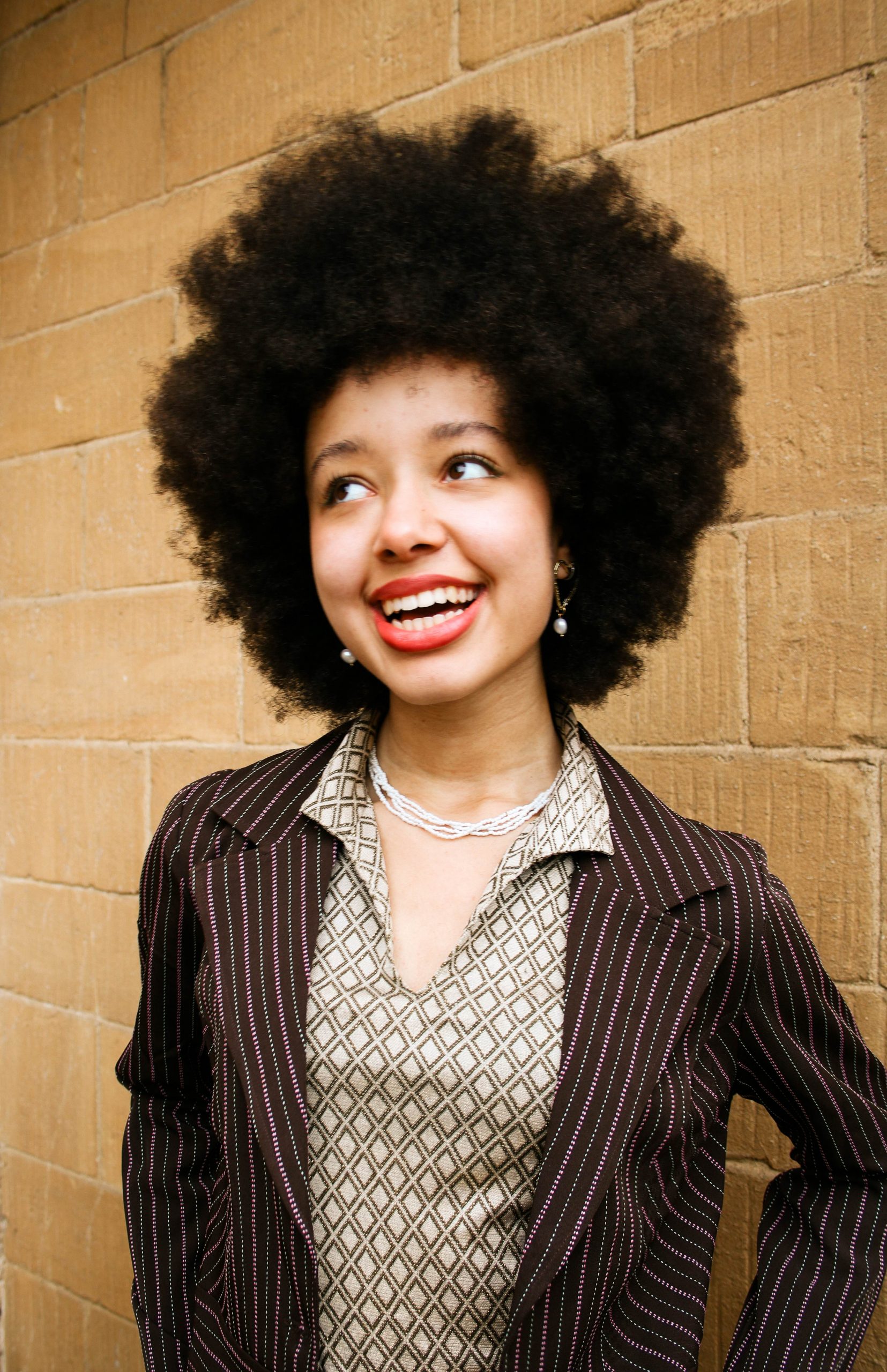
Review: Dissonance
The Holywell Music Room had a very different atmosphere to usual for Hugo Max’s ‘Dissonance’. A film screen covered the organ, pieces of art were dotted around the space, paired balloons floated along the perimeter, people milled around. The air wasn’t as reserved as it usually is before a classical performance: guests warmly chattered about the art and greeted one another. Somewhere across the room, I heard an intriguing – if slightly theatrical – phrase: “enjoy the arts.” The evening that followed lived up wonderfully to its name: juxtaposing old and new, sound and silence, harmony and dissonance, it offered a thought-provoking journey through music’s many faces.
After the initial art exhibition, visitors were presented with a short film directed by Hugo Max. The film’s opening carries with it a string of sounds: wood creaking, birds chirping, Velcro pulling, a quartet tuning. During its runtime, nobody uttered a word. The quartet’s dissonant playing is followed by the introduction of a metronome. A violinist walks out, only to be later whacked in the head with a violin, in what seems to be someone’s imagination. By the conclusion, rich harmonies run through the quartet’s playing. The credits roll; ambient noise accompanies them. The film takes an experimental approach in its content that leaves much of its story ambiguous, but in form, it serves as a fitting prelude to the following music. The short film’s constant attention to sound felt like an auditory palate cleanser. As the night’s real-life quartet took to the stage, I found myself unusually alert to the sounds of their seats squeaking and their stands scratching against the floor.
The pieces to follow, which included works from Mozart’s “Dissonance” (String Quartet No. 19) to the debut of two new pieces (one by Sarah Jenkins, the other by Noah Max) kept with the night’s theme in their continuous swing between old and new. This interspersing, in Hugo Max’s words, “continuously deconstructs and reconstructs the string quartet as a symbiotic family unit. Solos and duets are interspersed between the movements of Mozart’s quarter by composers who in one way or another embellish this family tree.” They captured dissonance in all its different modes. Noah Max’s ‘Tetraptych,’ for instance – a solo violin piece – was full of intense dynamic contrasts, alternating smooth and rough bowings, and side-by-side harmony and disharmony. This unconventional piece sat beside the melodic Mozart quartet, as well as Sarah Jenkins’s rich ‘Sirocco’ for the cello. Within and between all these pieces, dissonance shone through. In this sense, the night was counter-intuitively harmonic in its commitment to the theme. Even the venue was perfectly chosen: the Holywell Music Room, purported to be the oldest purpose-built concert hall in Europe, housed experimental artwork which would have been alien to its earliest visitors.
‘Dissonance’ was at its core a tour through the many ways in which music can be dissonant: across time, media, textures, and notes. Max writes that it is a spatial production too: the exhibits “are positioned so as to locate and draw out the harmonic language of the Holywell’s architecture and give the film new life through their tangible representation.” In its variations on this theme, it offered a thoroughly unique concert experience – one that extended beyond and experimented with the music itself. ∎
Words by Wyatt Radzin.







